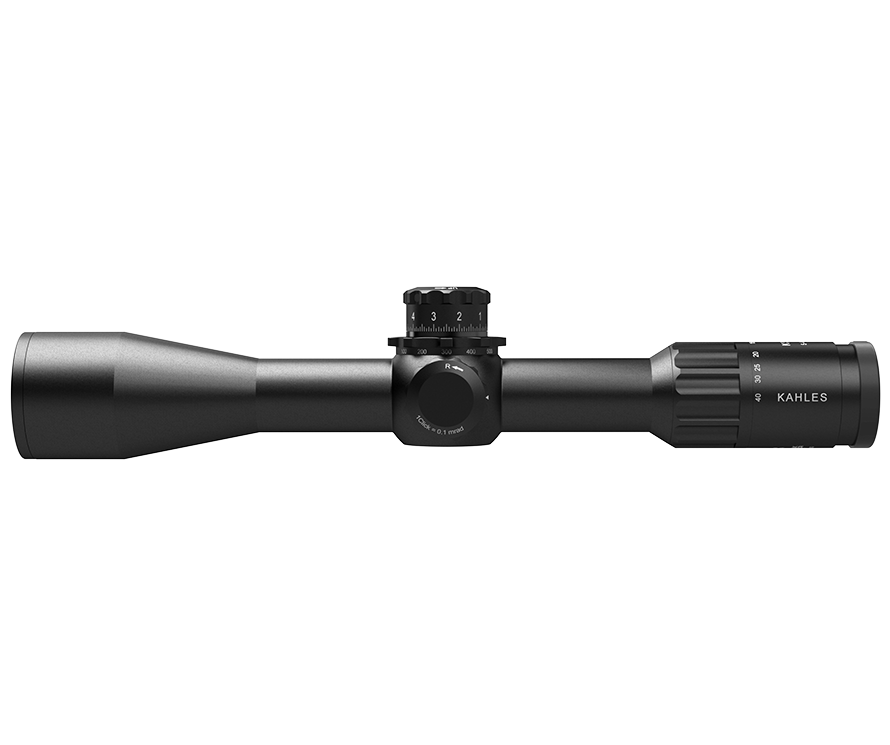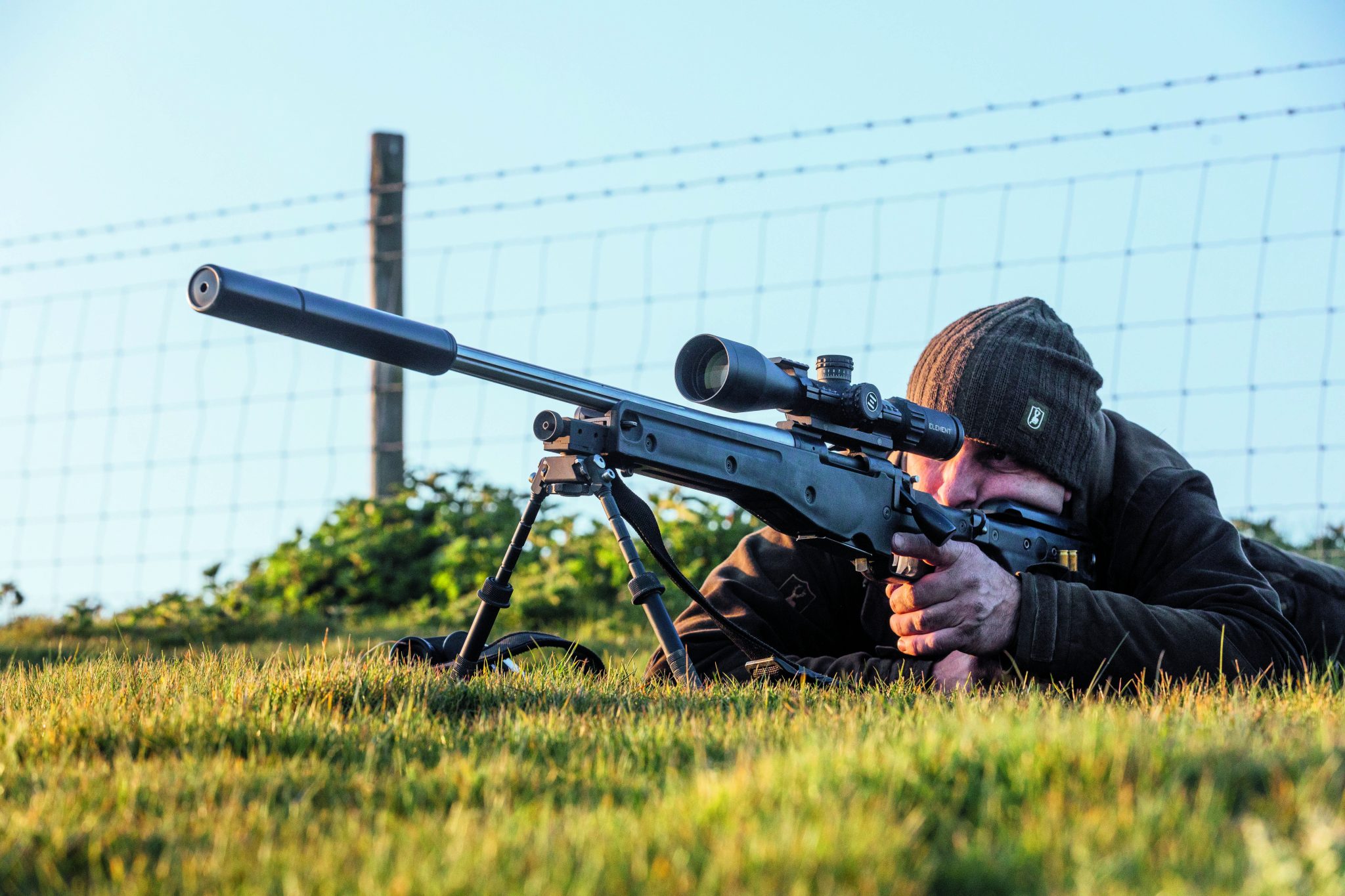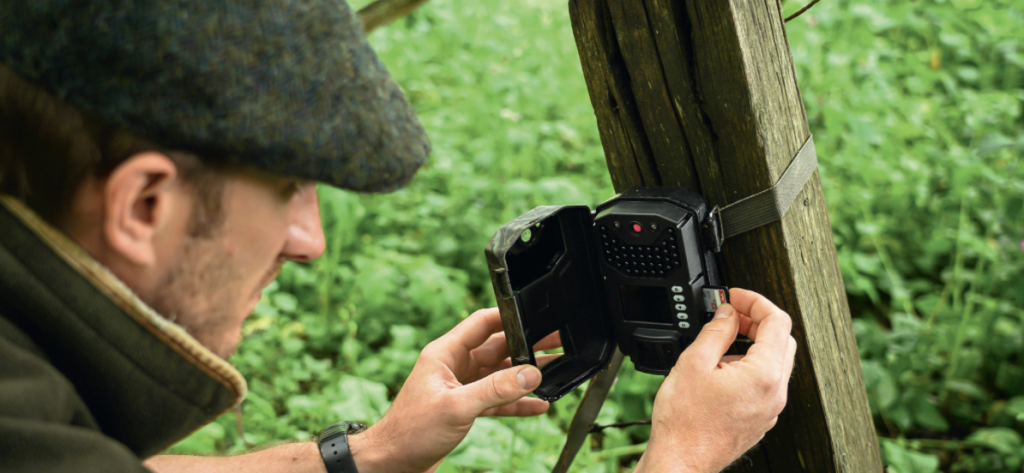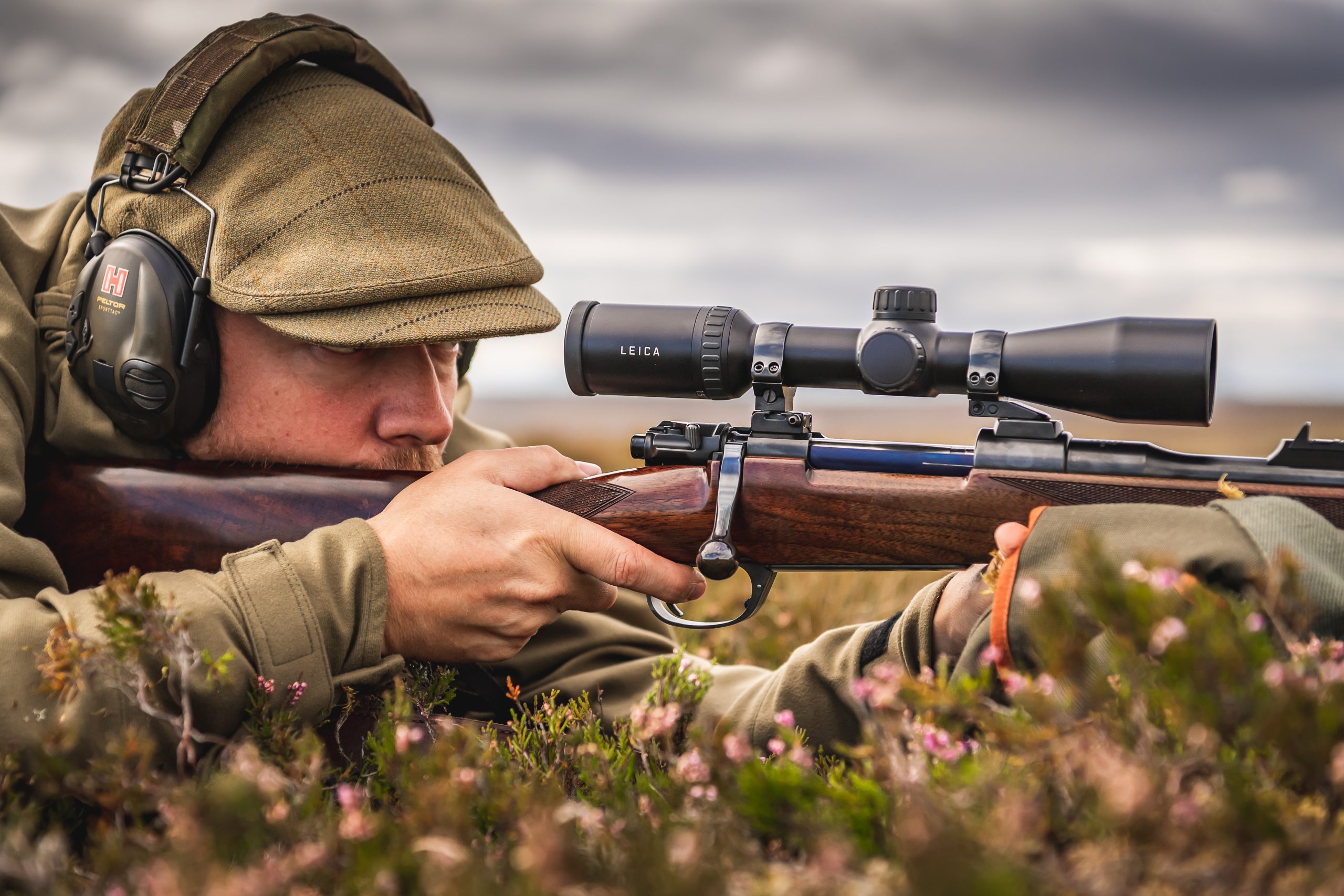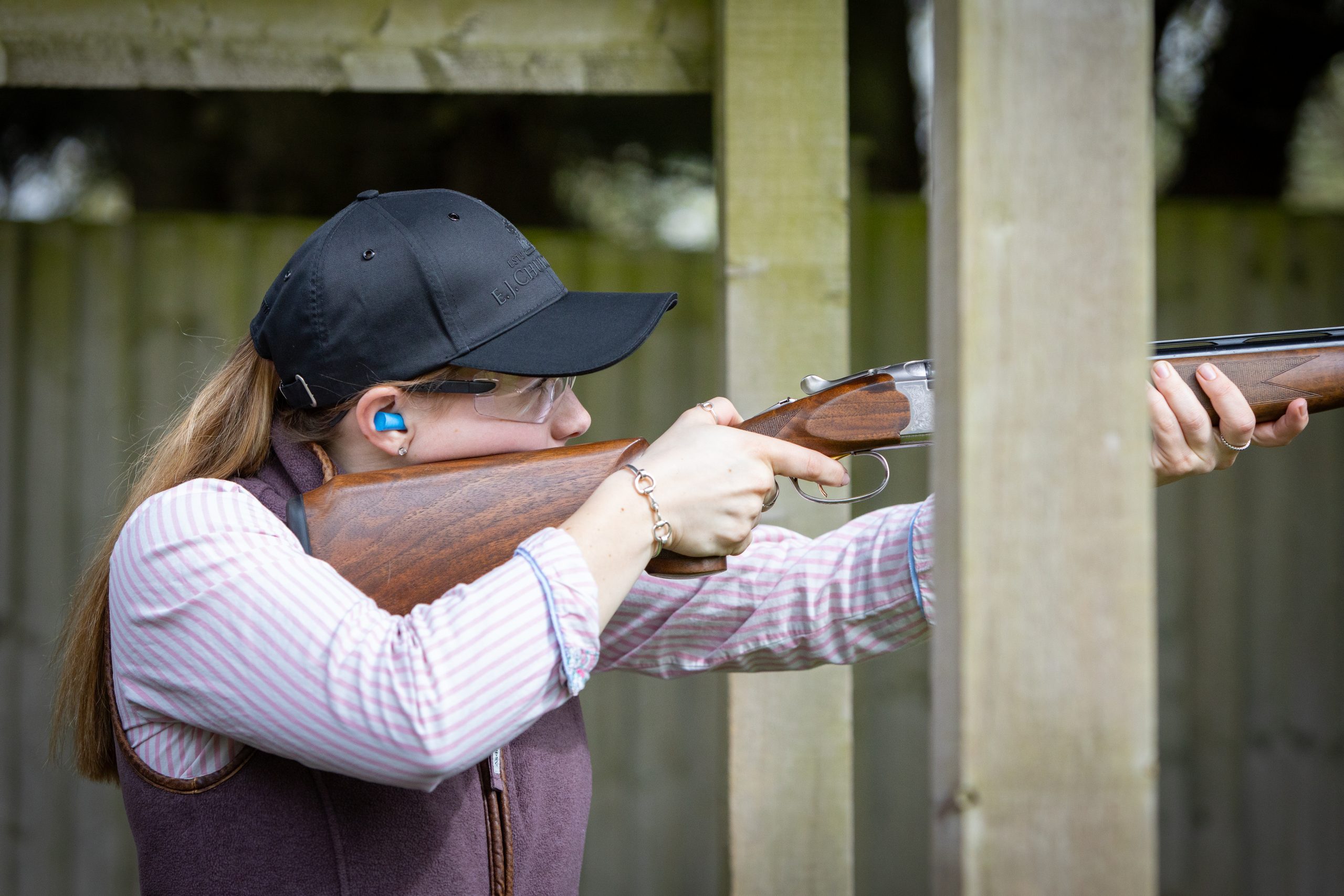Gear
Would you shoot better with a side-by-side?
Would you like to speak to our readers? We offer sponsored articles and advertising to put you in front of our audience. Find out more.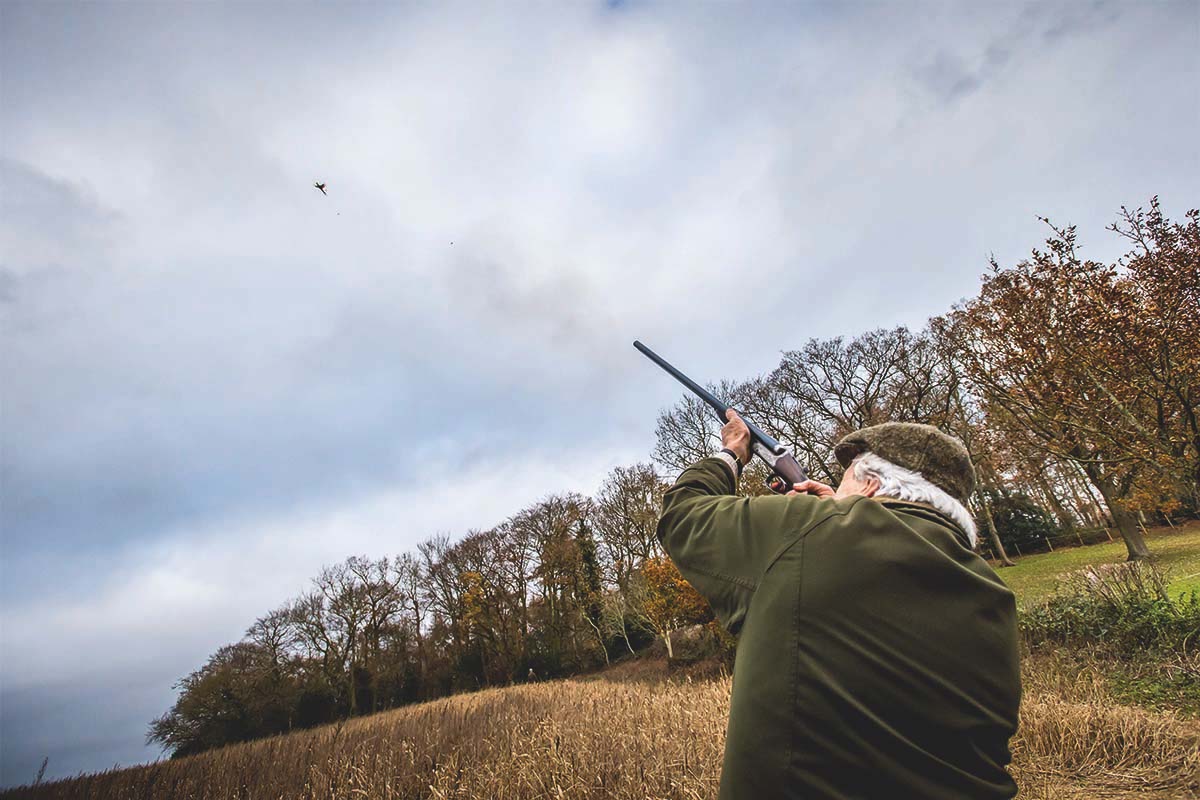 peter begg
peter begg
There are few certainties in life, but one is that if you book a clay shooting lesson, you’ll be handed an over-and-under. You can understand why. To begin with, a best British game gun will be like learning to drive in a track car with a finely tuned race-spec chassis — the sort of machine that exacerbates your every mistake. For a beginner, the same may be true with a side-by-side — you need some skill and knowledge to use one. So would you shoot better with a side-by-side? (Read should I shoot game birds with a side-by-side or an over-and-under?)
Once you learn the basics of technique and the fundamentals of how to make a successful shot, then a side-by-side can open up new heights of performance as long as you understand how it moves. Yet we so often hear: “I can’t shoot a side-by-side.” For the majority of people, it’s because they never put any effort into learning how. By sticking to entry-level over-and-unders they stay on their safe, middle-ground plateau and deny themselves the pleasure of owning and shooting some of the best guns ever made, guns built to last generations, not just the extent of the warranty.
For many, the major barrier to successful usage of a side-by-side is the fact that they often have two triggers. Even if that is all you have access to, it is an opportunity to practise the positive mental attitude required for good game shooting. You can look at two triggers in different ways. One is as a hurdle to overcome; something else to distract you from line and gun speed (not lead). Another way is to view it as the fastest barrel selector ever designed. An aid to demonstrating that most competent of shots: a clean, first-barrel kill. In this regard, a double-trigger side-by-side in the hands of a competent Shot reigns supreme.
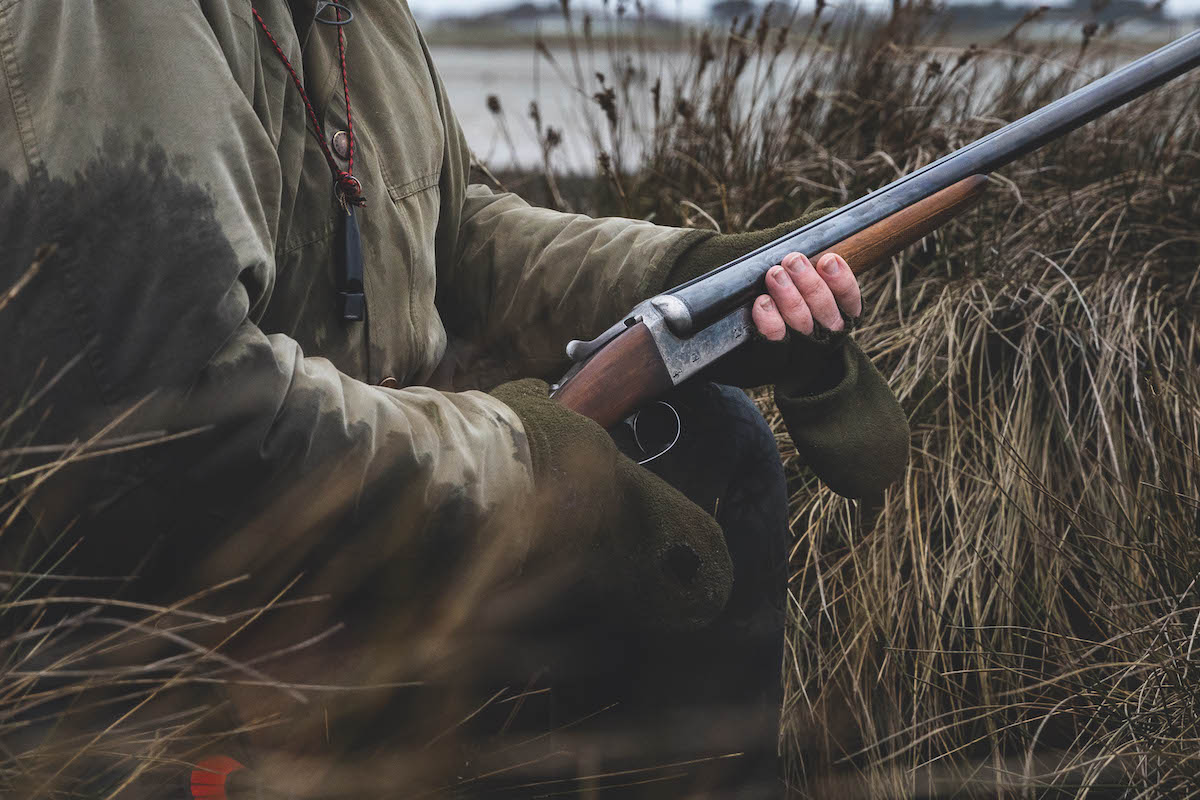
Side-by-sides are as cheap to buy now as they have ever been and they are a real joy to shoot
For those of you thinking you couldn’t possibly justify the cost of a side-by-side purely for the amusement of having the option to take it one day, know this: they are as cheap to buy now as they ever have been. You can get an awful lot of gun for your money. British boxlocks represent incredible value for money if you buy right. For boxlock non-ejectors you can get a good, hand-built gun from the right era (in my mind pre-World War I) for less than the cost of a round in a London pub.
If we are truly honest with ourselves, most of us don’t need ejectors, and it is precisely this kind of shooting where the side-by-side comes into its own. Side-by-sides are typically lighter in weight and faster to handle because there is no requirement to soak up the recoil generated by expending a Range Rover boot-full of overly heavy shells at birds on the edge of space — a very modern phenomenon. They are perfect for walked-up grouse and walk/stand shooting in the lowlands. The fact is, your muscles are less fatigued by carrying a lighter-weight gun all day, and your mental and muscular reaction times will be far faster than those lumping round 8lb of Germanic podium filler.
Transitional guns
As over-and-unders began to increase in popularity in the middle of the 20th century, gunmakers took note and worked with their clients to include the best of both worlds. It is these transitional guns that might be the best place to start if you are thinking of moving away from an over-and-under.
Robert Churchill, arguably the most successful gun marketeer of his generation, persuaded many clients that a raised narrow rib (to which he gave his name) would act as the single sighting plane as it does on an over-and-under. Side-by-sides are also available with single selective triggers, and semi-pistol grips on side-by-sides are more common than you might think. Standard steel can go through most of them, as long as the barrels are nitro-proofed and in good condition. Many of them are under ½ choke already, as they were designed for normal game-shooting ranges. Despite what social media would have you believe, normal ranges are what the vast majority of us shoot at.
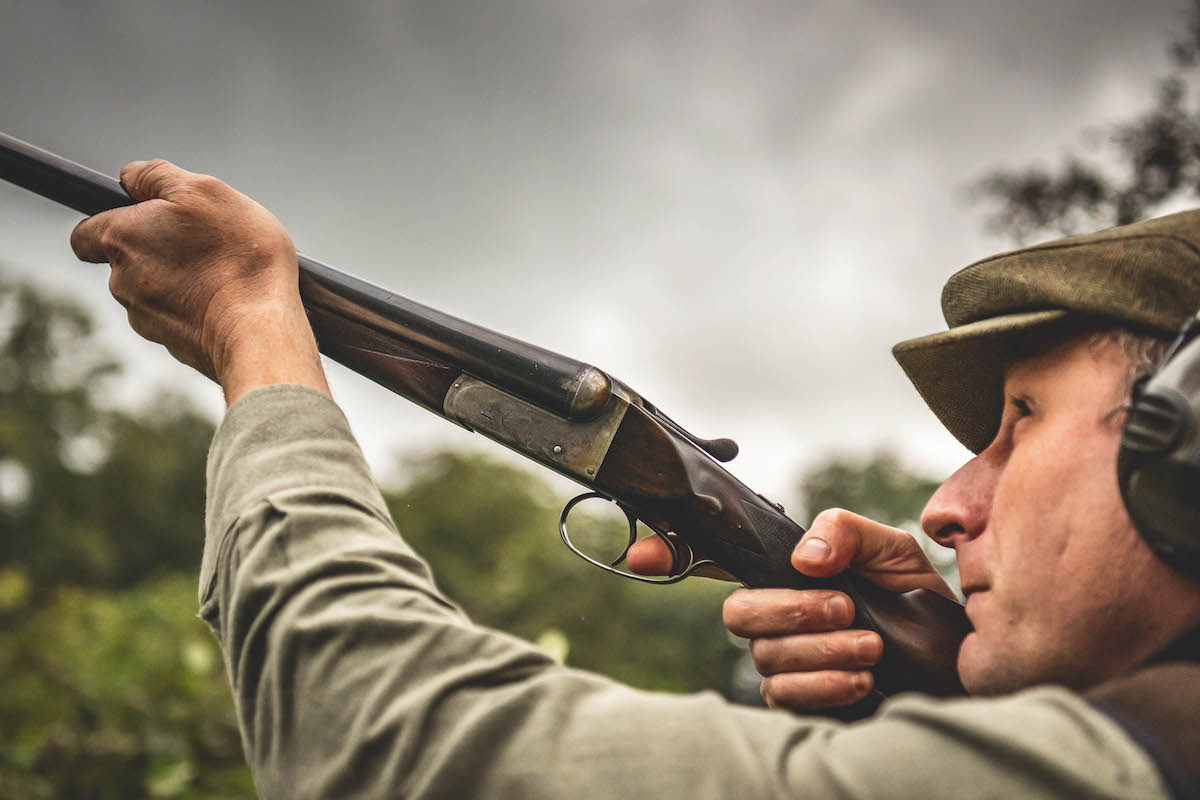
A double-rigger side-by-side can work brilliantly for rough shooters
I am not alone in the fact that my eye dominance is not as set as it once was the closer I get to a half-century. This is part of the ageing process, but is also exacerbated by a working life with much staring at a computer screen, and the multiple sources of fatigue associated with parenthood.
Shooting a side-by-side, I find, helps me with this, as the large muscle at the base of my thumb on my front hand flexes as I close my hand on the fore-end (gripping would be too strong). The horizontal plane of the barrel configuration and this muscle both serve partially to occlude my left eye, which has a tendency to take over, particularly on straight driven shots after I get past 45 degrees. With an over-and-under, I find I have to squint my left eye to stay on line. The fact is, at this point in my life, I find I shoot driven game better with a side-by-side than I do with an over-and-under. Others in my position may find the same benefit.
Good game shooting has much to do with fluidity of movement. When you watch a top game Shot with a side-by-side, that fluidity is often described as elegance. What people are referring to is the ease with which the best game Shots move, especially reacting to surprising angles of shot. I often equate it to watching Roger Federer’s backhand. That ease of movement is the harmony with which they are operating with a perfectly balanced gun.
The combination leads them to look like they have more time than others because they are in the right position earlier to effect a killing shot than those with more cumbersome equipment. Used properly, a perfectly balanced, well-fitted side-by-side can unlock hand-eye coordination and levels of performance you never thought possible. They are very far from being a disadvantage for those prepared to learn how to shoot one well. So yes, you could shoot better with a side-by-side shotgun.
Valuing our heritage
Currently we do not, in this country at least, value the heritage we have in gunmaking. There are very few machines made of wood and metal that are still doing the job they were designed for 120 years after they were built. The classic British side-by-side is one. There are devotees in the UK, of course, but the major market for these guns at the moment is in the US, where a cognoscenti of sportsmen and women who pursue wild, walked-up game, and who cannot find comparable refinement in domestically produced guns, always compete for the best sidelocks and boxlocks we have to offer.
They do have to contend with the import tariffs into the US, so this means it remains a buyers’ market in the UK for those who understand what good gunmaking looks like. I only wish there were more of us.
Related articles
Gear
KAHLES K540i THE GAME-CHANGER – 40X
KAHLES introduces the revolutionary K5-40x56i—a new era in long-range shooting optics. With a 40% wider field of view, an exceptionally comfortable eyebox, and precision performance even at 40X magn...
By Time Well Spent
Gear buying guides
It’s an extra set of eyes, day and night
A trail cam is an invaluable tool for learning what’s on your patch and, even more importantly, what it’s doing, as Will Pocklington discovers
By Time Well Spent
Manage Consent
To provide the best experiences, we use technologies like cookies to store and/or access device information. Consenting to these technologies will allow us to process data such as browsing behavior or unique IDs on this site. Not consenting or withdrawing consent, may adversely affect certain features and functions.
Functional Always active
The technical storage or access is strictly necessary for the legitimate purpose of enabling the use of a specific service explicitly requested by the subscriber or user, or for the sole purpose of carrying out the transmission of a communication over an electronic communications network.
Preferences
The technical storage or access is necessary for the legitimate purpose of storing preferences that are not requested by the subscriber or user.
Statistics
The technical storage or access that is used exclusively for statistical purposes.
The technical storage or access that is used exclusively for anonymous statistical purposes. Without a subpoena, voluntary compliance on the part of your Internet Service Provider, or additional records from a third party, information stored or retrieved for this purpose alone cannot usually be used to identify you.
Marketing
The technical storage or access is required to create user profiles to send advertising, or to track the user on a website or across several websites for similar marketing purposes.


